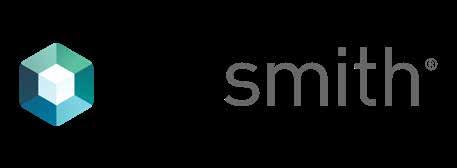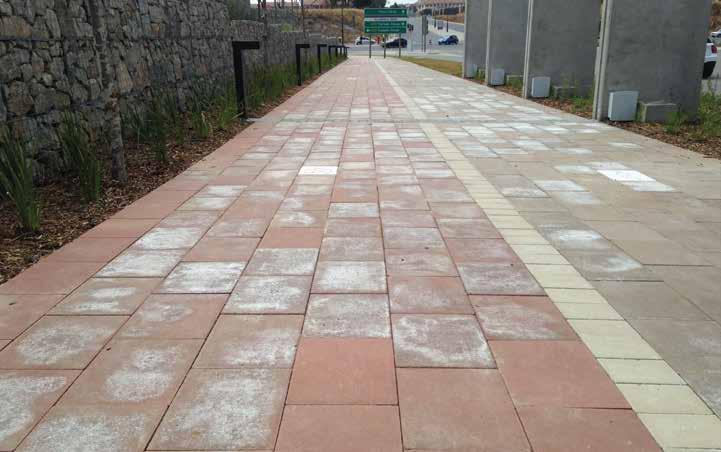Information: Maintenance
Maintenance of Bosun Dry Cast Concrete Pavers Regular maintenance and good cleaning practices will enhance the overall appearance of your paving.
General cleaning of paving: Regular hosing and sweeping with a hard-bristled outdoor broom will not only keep your paving looking clean, but will also prevent weeds from taking root, as they usually grow where seeds are left undisturbed to germinate in the debris that accumulates between the pavers. If the paving is heavily soiled, use a general-purpose pH-neutral/slightly alkaline, non-abrasive cleaner. Ensure that all the soap has been thoroughly removed from the surface after cleaning and that the run-off of soapy water is channelled to drainage points or containers where it can be disposed of safely. Note: Do not use power hoses to clean paving, as this may wash out jointing sand and damage the grouting between pavers, ultimately damaging the pavers themselves.
Detergents: Bosun recommends specialised products like Tile and Floor Care (www.tfc.co.za). It is essential to seek expert advice and guidance. Bosun cannot accept any responsibility for inappropriate use and application of detergents.
Mechanical cleaners: It is recommended that sections of paving, at least, be cleaned daily in commercial pedestrian areas such as shopping centre piazzas and walkways. We also recommend the use of specialised equipment for daily maintenance of large paved areas. Tennant cleaning equipment is a respected option. We strongly advise you to consult an industry expert about the equipment which should be used on your site. Bosun cannot be held responsible for use of the wrong cleaning equipment.
The following recommendations relate to sweeping machines and associated equipment and their use: • Equipment should be custom-designed for sweeping a particular area. If there is any doubt, the equipment manufacturer should be consulted. • Tyres should be inflated according to the manufacturer’s recommendations to ensure maximum weight distribution. • Polypropylene, rather than wire brushes should be used.. • The brush pressure of the sweepers should be set to the minimum requirement for the particular task, ie surfaces swept regularly will require a lower setting than those swept infrequently or those covered with heavy deposits. • When sweeping, engine revolutions should be set to the minimum requirement to maintain vacuum (suction) pressure. • Operators, including temporary staff, should be trained according to the vehicle manufacturer’s recommendations. Tyre and brush pressures should be checked regularly. • Operators should be advised to switch off suction, brush rotation and water jetting equipment when machinery is stationary or left unattended, to avoid the risk of damage to the area underneath the equipment. • In new or re-laid areas, allowance must be made for the pavement to settle and the joints to seal before cleaning manually. • When using water jetting equipment to wash such areas, the jet or hand-held lance should be directed diagonally at the surface (ie not parallel to joints) at an angle of no more than 30°, using a suitable detergent solution. • The area should be inspected after cleaning to refill joints with jointing sand, if necessary.
170



















